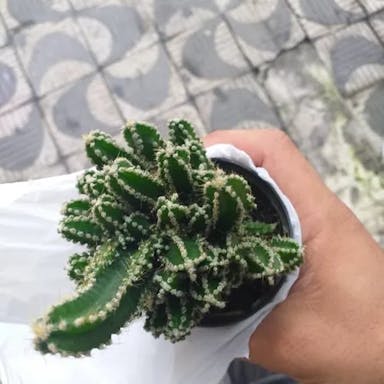Elm-leaf blackberry, scientifically known as Rubus ulmifolius, is a species of flowering plant in the Rosaceae family. It is native to Europe and North Africa, where it flourishes in various habitat. Its flowers are pink, blooming in clusters from late spring to early summer. The fruit of Rubus ulmifolius is a blackberry-like fruit, dark purple to black when ripe, and edible with a sweet-tart flavor. This plant can grow up to 3 meters in height, forming dense thickets with arching stems armed with prickles. Rubus ulmifolius is relatively easy to grow.
0
0












